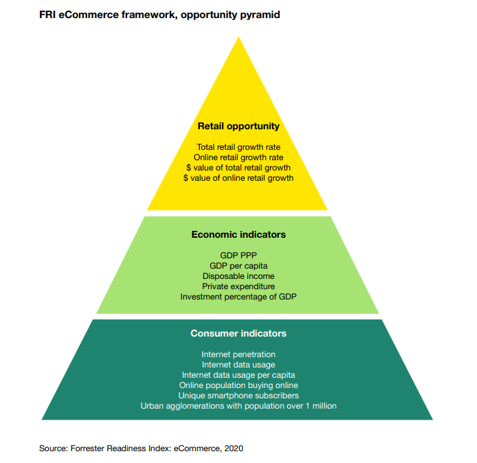
As the COVID-19 pandemic reaches more communities in the U.S., not all retailers are closing stores — grocery stores and mass merchants selling household essentials are running at least limited hours, and some specialty and department stores at press time had also decided to keep stores open. But most are temporarily shuttering stores, and e-commerce is supposed to make up for that.
Some retailers are attempting to help that along by waiving minimum order requirements, (as is Urban Outfitters’ namesake brand) for free shipping, or offering free returns for a short time (like American Eagle). Yet several, among them Victoria’s Secret, TJX Cos’ tjmaxx.com, marshalls.com and sierra.com sites, Tailored Brands and Brandy Melville, have also shut down their digital sales. Most cite the need to protect workers in those operations and the goal of slowing the spread of the disease, which is caused by a member of the coronavirus family.
Some brands that are leaning on e-commerce as they temporarily shutter stores nevertheless post messages to their customers, assuring them, as Abercombie & Fitch’s CEO does, that distribution centers are deep-cleaned, or warning them that their orders may take longer to be fulfilled.
The mixed approach to e-commerce during this time demonstrates that the channel is hardly a panacea against the danger levels of lost sales retailers are facing as consumers curtail discretionary spending. Pure-play retailers may have thought they would escape the consequences of the dramatic change in consumer behavior by running few or zero physical locations, but performance agency Within found that their revenue fell 63% on March 18 compared to its pre-virus benchmark period, with conversion rates “at a new low of -35.6% vs its pre-COVID19 trend.”
Even Amazon has taken drastic steps to address the outbreak. While the e-commerce giant earlier this week said it is hiring some 100,000 new workers to beef up its warehouse and delivery operations, it also took the unusual step of suspending the intake of most products from U.S. and European Union Marketplace sellers into its fulfillment centers as it prioritizes household staples, medical supplies and other high-demand products.

